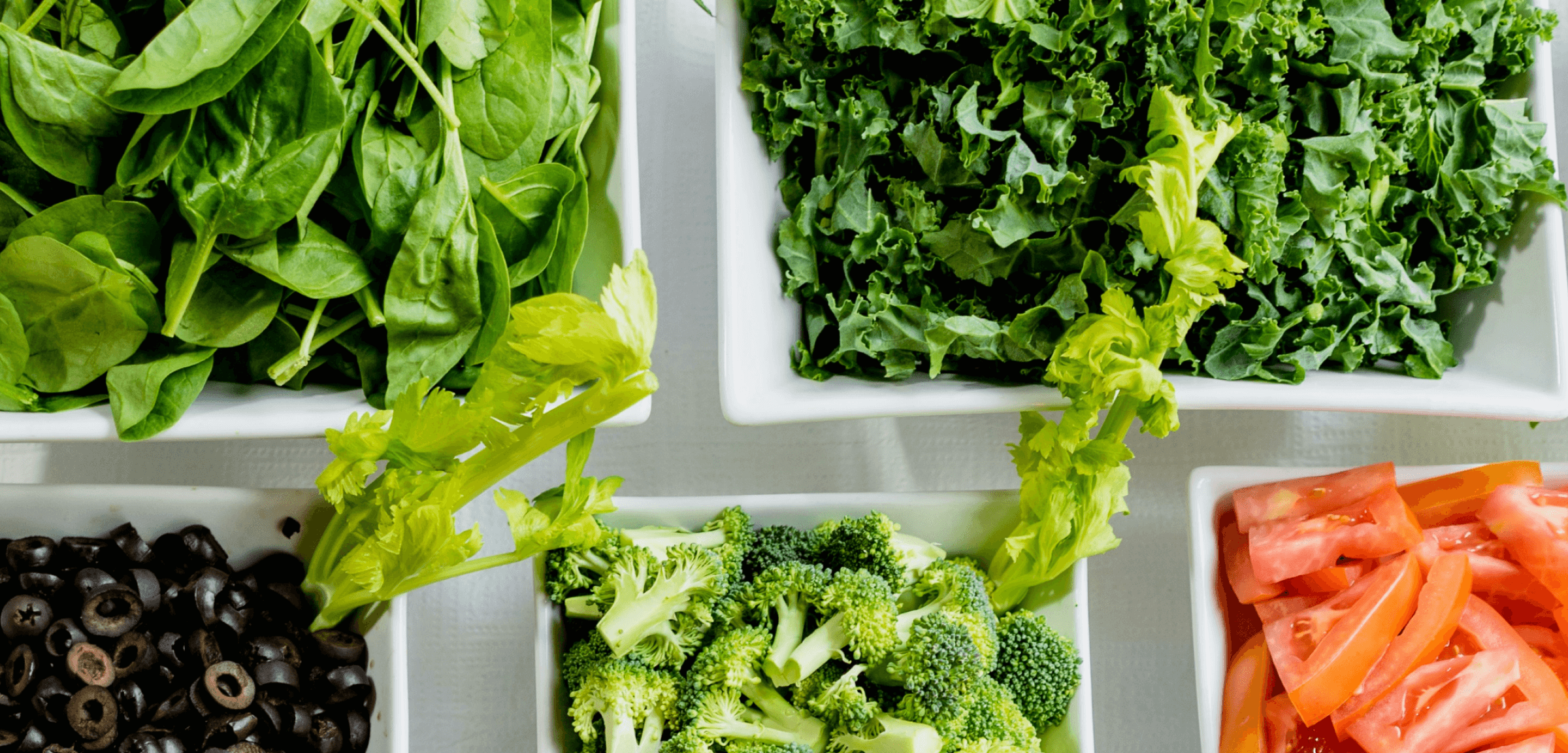
So, you’re ready to tackle Candida overgrowth. You’ve cleared your pantry, stocked up on supplements, and cut out sugar (RIP, brownies). But what actually happens once the cleanse begins?
A Candida cleanse can be deeply healing — but it can also be intense.
Knowing what to expect helps you stay consistent, reduce the rough patches, and come out the other side with more energy, better digestion, and way fewer cravings.
Here’s your guide to what a Candida cleanse really feels like — and how to prep like a pro.
A Candida cleanse is a gut reset protocol designed to reduce yeast overgrowth and support your body’s natural ability to detox and rebalance.
Check out: How to Start a Candida Cleanse
It typically includes:
Done right, it helps you heal from the inside out — but it’s not uncommon to feel worse before you feel better.
This is where many people feel tempted to quit — but it’s temporary. You’re not broken, you’re detoxing.
This is when symptoms of Candida die-off (aka Herxheimer reaction) tend to show up.
Common symptoms include:
Die-off symptoms usually last a few days to a week, then start to ease.
Most people notice major improvements by this point — and feel motivated to keep going.
Prepping before you jump into the cleanse sets the tone for success. Here’s what to do in the 3–5 days leading up:
Quitting cold turkey can be rough. Start weaning off added sugars, processed snacks, and extra coffees a few days early to avoid major withdrawal symptoms.
Hydration and bowel regularity are key to flushing out toxins. Up your water intake and add more leafy greens, chia, or flaxseeds to your meals.
Have Candida-friendly foods on hand so you’re not tempted to reach for old habits. Prep meals in advance if possible.
Check out: Top Foods That May Support Candida Balance
Your body will be doing a lot of internal work. Block out time for early nights, gentle movement, and not overbooking your social life during the first two weeks.
Let your partner or friends know what you’re doing — not for permission, but so you don’t get side-eyed when you skip wine night or bring your own dinner to brunch.
Check with a practitioner if you’re unsure what to start with.
A cleanse can be done solo, but it’s smart to work with a functional health practitioner if you:
A Candida cleanse isn’t always easy — but it’s worth it.
Expect:
Prepare your body, stock your pantry, clear your calendar a little — and go in knowing that this isn’t forever. It’s a reset. And your gut will thank you.
This content is for informational purposes only and not intended to diagnose, treat, cure, or prevent any disease. Always speak to your healthcare provider before starting a cleanse or new supplement protocol.
Don’t stop now — your microbiome’s just getting warmed up: